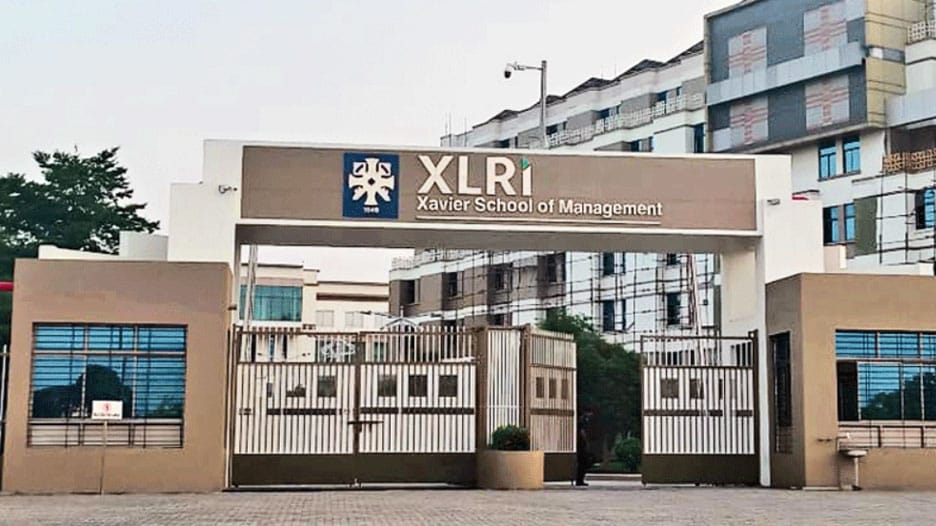India Space Station Launch 2035 is now officially on the roadmap, as announced by Union Minister Jitendra Singh at the Rising Bharat Summit. Alongside this ambitious goal, he also revealed plans to send the first Indian astronaut to the Moon by 2040. These announcements mark a bold new era for India’s space program, positioning the nation among global space leaders.

Union Minister Dr. Jitendra Singh unveiled India’s ambitious space program at the News18 Rising Bharat Summit, with the goal of putting an astronaut on the moon by 2040 and launching its own space station by 2035. Scott Kelly, a retired US astronaut, praised India’s potential and stated that consistent investment is necessary for success.
Dr. Jitendra Singh, Union Minister of State (Independent Charge) for Science & Technology, Earth Sciences, and other ministries, presented India’s ambitious space exploration program at the recent News18 Rising Bharat Summit, which took place at the Bharat Mandapam in New Delhi on April 8–9.
By 2035, the Bharat Antariksha Station will be established, and by 2040, an Indian astronaut will have set foot on the moon.
Singh declared that by 2035, India wants to establish Bharat Antariksha Station, its own space station. India’s dedication to becoming a major force in space exploration is demonstrated by this endeavor.
Building upon the success of previous lunar missions, Singh detailed ambitious goals for India’s space future during the India Space Station Launch 2035 announcement, stating: “We hope to land an Indian on the surface of the Moon by the year 2040.”
This endeavour, part of the India Space Station Launch 2035 initiative, aims to position India among the select group of nations that have achieved human lunar exploration.
Retired US astronaut Scott Kelly, who was present at the summit, expressed strong confidence in India’s capabilities. Referring to the India Space Station Launch 2035 vision, he stated, “I’m confident if India decides that they want to land an Indian astronaut on the Moon… assuming you make the investment, it’s absolutely possible.”

His comments demonstrate how India’s potential in space exploration is acknowledged on a global scale.
Singh gave updates on India’s first human spaceflight program, the Gaganyaan mission: It is anticipated that the first Indian astronaut will reach space by the end of 2024 or the beginning of 2026.
This mission is a significant turning point that shows that India can send people into space and make sure they return safely.
The Indian Space Research Organisation (ISRO), which is spearheading the India Space Station Launch 2035 mission, has a commendable history of achievements in space exploration.
How Chandrayaan Missions Are Paving the Way for India Space Station Launch 2035
As part of the legacy leading up to the India Space Station Launch 2035, ISRO’s Chandrayaan missions have laid a strong foundation. Chandrayaan-1 (2008) made the groundbreaking discovery of water molecules on the Moon, while Chandrayaan-2 (2019) significantly advanced lunar exploration despite experiencing a hard landing.
India became the first Asian country to achieve Martian orbit in 2014 with the Mars orbiter project (Mangalyaan), and they did so at a reasonable cost.
With the Mars orbiter project (Mangalyaan), India became the first Asian nation to reach Martian orbit in 2014, and they did so affordably.
In order to expand lunar and Martian exploration, future missions include Chandrayaan-4 and Mangalyaan-2.
Conclusion
The announcement of the India Space Station Launch 2035 and a crewed lunar mission by 2040 marks a bold new chapter in India’s space journey. With a legacy built on the success of landmark missions like Chandrayaan and the continued innovation by ISRO, India is well-positioned to become a global leader in space exploration. These ambitious goals not only showcase the country’s growing technological prowess but also inspire a new generation to dream beyond Earth’s boundaries. As the countdown to 2035 begins, the world will be watching India’s ascent into the next frontier.















